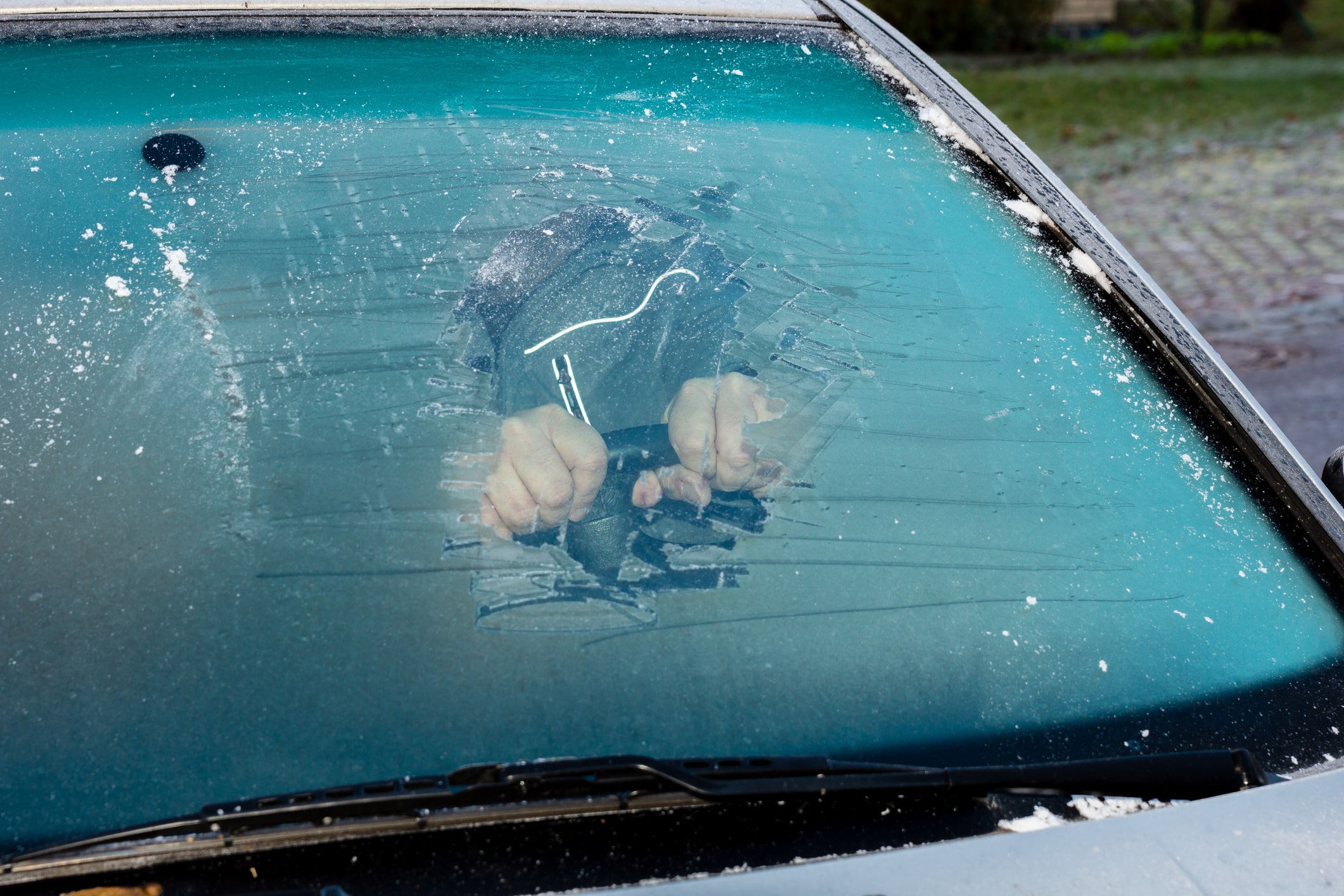During the colder months, our car acts as a guardian against the harsh winter weather, providing us with a cosy environment to commute, pick the kids up or go shopping. Modern heating systems in cars are fantastic, with some fancier models even coming with heated windscreens, steering wheels and seats, but they can’t prevent the inside of your windscreen from freezing when you’re not in the car.
In this blog, we’ll explore why the inside of your car’s windscreen might freeze, what to do if it happens, and how to prevent it in future.
Why Your Car Windscreen is Frozen on the Inside
If your car’s windscreen is frozen, the simple fact is that there is too much moisture inside your vehicle. When the temperature drops below 0°c, wet surfaces such as the windscreen will start to freeze. There are a few reasons why the humidity in your car is too high, which can range from simple fixes to more major repair work.
How to Prevent Your Windscreen from Freezing on the Inside
Preventing your car’s windscreen from freezing internally is all about removing moisture from the car. This can be achieved through a variety of techniques and tricks, including:
Ensure the car is well-ventilated
Ensuring that there is a fresh supply of air in the car will allow excess moisture to escape from the car before it can freeze.
Removing wet items from a car
Moisture caught in clothes and other items can become moisture trapped inside the car. Taking these items out of your car will stop this from happening.
Check for water leaks
If there are no obvious signs of where moisture is coming from, there’s a good chance that you’ve got a leak somewhere. The usual culprit would be door and window seals, other leaks may take more investigation to uncover.
Using sun shades
Sunshades will stop the windscreen from freezing by adding a layer of protection to it.
Checking windows are properly shut
It might sound obvious but leaving your windows open is a sure way to allow extra moisture into your vehicle. Double-check that all your windows are shut before you exit your car.
Considerations when parking (temperature/exposure)
Parking your car in a garage or multi-storey carpark may not sound like much protection from the elements, but it might be the difference between freezing and not freezing. If it’s possible, it’s a good habit to get into to avoid the windscreen freezing over. This advice could also save you some money if it stops your windscreen being damaged by the harsh winter conditions.
Regular cleaning
Regular cleaning of your car will help to avoid a build-up of moisture in your car, whether it be moisture caught in litter or carpets.
Using dehumidifying products
There are plenty of options on the market that can help to reduce the moisture in your car such as car dehumidifier bags that you can stash under a seat that silently collect moisture so that it isn’t freezing on your windscreen.
What to do if your Car Windows are Frozen on the Inside
If you’ve found our list above too late and the inevitable freezing happens, you can rest assured that it isn’t the end of the world. It’s a (relatively) quick and easy fix.
- Turn on your air conditioning and turn it up to the highest heat setting.
- Make sure the heat is being directed at the windscreen by using the correct setting.
- If your car has a heated windscreen setting, turn it on.
- Wait.
Can I use De-icer on the Inside of a Car?
The simple answer is no. Because of the chemicals used in windscreen de-icers, they’re not safe to use internally. Not only can the chemicals be harmful if inhaled, but they can also be dangerous if they leak onto other components such as electronics or parts of the engine.
For more info on de-icers, check out our blog which answers all things de-icer!
After reading our guide, we’re confident that not only can you avoid your windscreen from freezing, but short of that you’ll know how to unfreeze it. Winter is a particularly treacherous time for car windscreens due to the fluctuations in temperature, but armed with the knowledge above you can help to steer your windscreen away from unnecessary damage. For more tips and help, check out our advice hub.


